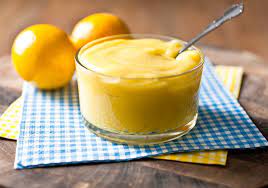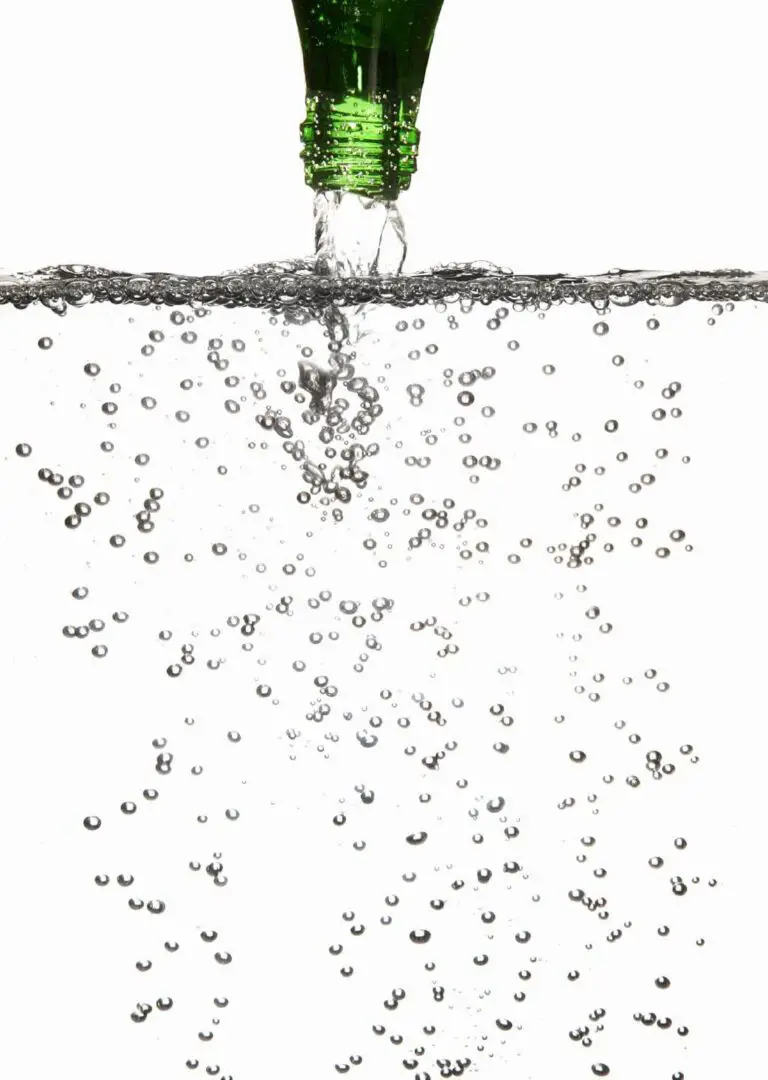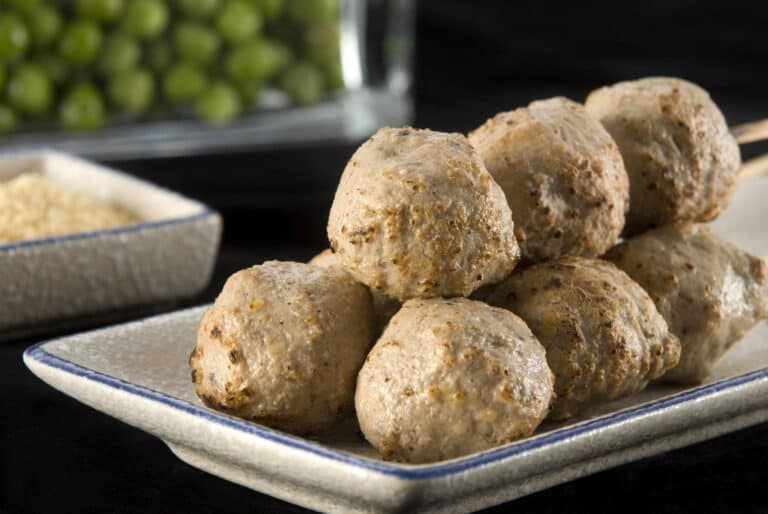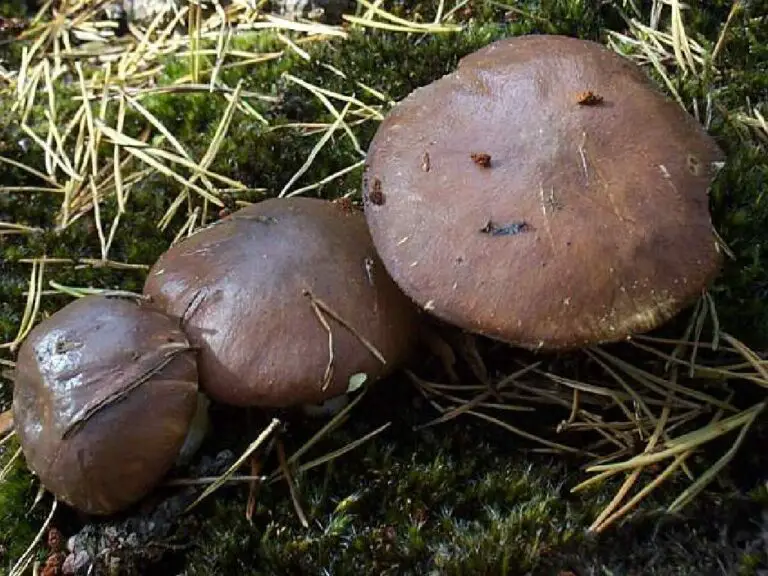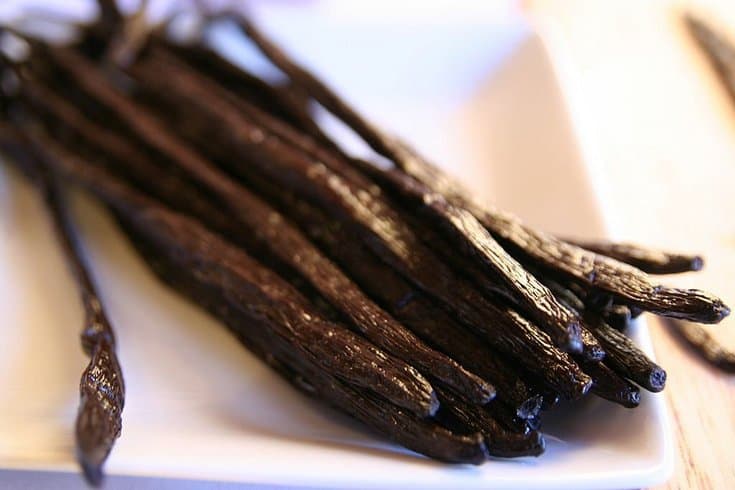Why Does My Microwave Collect Water & Build Up Moisture? How to Fix It?
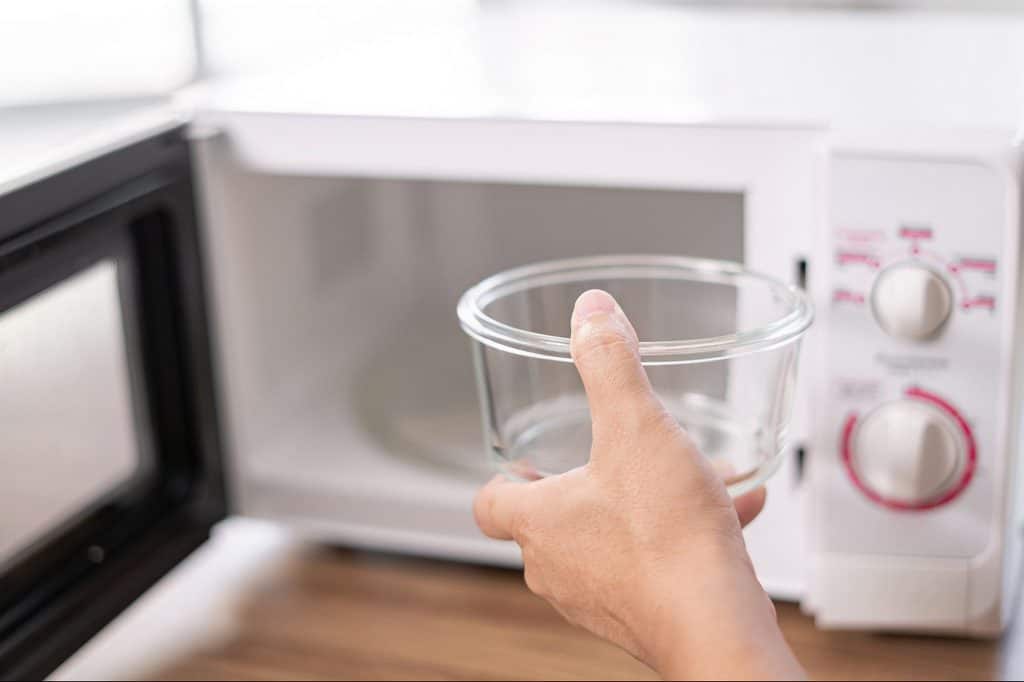
Microwaves have become an essential appliance in most households, providing quick and convenient ways to heat up meals or snacks. However, have you ever noticed water droplets pooling inside your microwave?
Water collecting inside a microwave is not only annoying but also potentially harmful to the overall performance and longevity of the appliance. Understanding why this occurs is crucial for maintaining the efficiency of your microwave while ensuring its safe use. As we dive into the causes and solutions for water accumulation, you’ll uncover some surprising insights that may change how you view your trusty kitchen companion.
It’s a puzzling phenomenon that can leave us scratching our heads and wondering why this is happening. In this article, we will unravel the mysteries behind why microwaves collect water and explore practical solutions to prevent this frustrating issue.
Effects of Water Buildup
While a small amount of water buildup in the microwave is normal, excessive condensation can lead to several issues:
- Mold and Mildew Growth: Moisture buildup provides an ideal environment for mold and mildew to thrive. If left unchecked, mold growth inside the microwave can pose health risks and affect the taste and smell of food.
- Interior Damage: Prolonged exposure to moisture can cause rusting and corrosion of the interior surfaces of the microwave. This not only affects the aesthetics but can also compromise the functionality and safety of the appliance.
- Unpleasant Odors: Water buildup can result in musty odors emanating from the microwave, affecting the taste and aroma of freshly cooked food.
- Soggy food: Water buildup in microwave can make your food become soggy. You don’t want your crispy, delicious food to become what you didn’t intend it to.
Condensation as a Cause
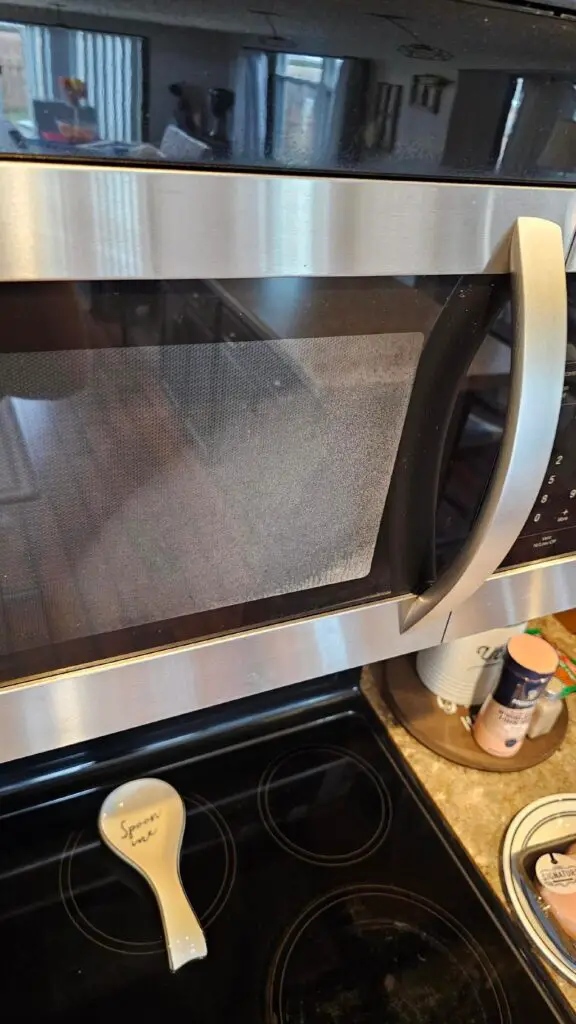
When it comes to understanding why water collects inside your microwave, condensation is one of the main culprits. During the cooking process, heat is generated which causes any moisture within the food to turn into steam. This steam can then accumulate on the walls and ceiling of the microwave.
The presence of condensation occurs because microwaves are designed with insulation to retain heat. As a result, when you open the door after cooking something with high moisture content—such as soup or steamed vegetables—that hot air meets cooler air outside, causing it to cool down rapidly and form droplets of condensed water.
To prevent excessive condensation from occurring, make sure you cover your dishes with a microwave-safe lid or plastic wrap during cooking. This will help trap in some of the moisture and minimize contact between hot steam and cold surfaces within your appliance. Additionally, wiping down the interior surfaces with a clean cloth or paper towel after use will also help remove excess water before it has time to pool at the bottom.
Leaks or Spills
One common cause of water collecting inside a microwave is the presence of leaks or spills. If your food containers have faulty seals or gaskets, steam and moisture can escape during the heating process and condense on the interior surfaces of the microwave, leading to water accumulation.
To prevent leaks from food containers, always ensure that lids are tightly sealed before placing them in the microwave. Check for any cracks or damage to container edges that could allow steam to escape. It’s also important to avoid overfilling containers with liquids, as they may spill when heated and contribute to water buildup.
While using the microwave, be cautious not to spill any liquids inside it. Even small amounts of spilled liquid can lead to significant amounts of trapped moisture over time. Pay close attention when removing hot items from the microwave and handle them carefully to prevent accidental spills that could contribute to condensation.
Inadequate Ventilation
One of the main culprits behind water collecting inside your microwave is insufficient ventilation. When a microwave is in use, it generates heat that can create steam and moisture. If there isn’t proper airflow to allow this moisture to escape, it will condense on the walls or ceiling of the appliance, resulting in water buildup.
When your microwave is working properly, it should have vents located either on the sides or at the back. These vents are designed to release excess heat and moisture during operation. However, if these vents become blocked or obstructed, they cannot perform their intended function.
This could be due to dust accumulation, food debris that has gotten stuck in the vents, or even objects placed too close to the microwave that restrict air circulation.
To prevent inadequate ventilation from causing excessive moisture buildup inside your microwave oven, make sure to regularly clean and inspect the vent areas. Use a soft brush or vacuum cleaner attachment to remove any dust or debris that may have accumulated over time.
Additionally, avoid placing items near the vents that could impede airflow. Keeping these pathways clear will help maintain proper ventilation and reduce instances of water collection within your appliance.
| Check out: Melted Plastic in the Microwave – Can I Still Eat Food? (Is It Safe?) |
How to Prevent Water Collection in Your Microwave
Water collection inside your microwave can be frustrating and may even lead to appliance issues over time. Fortunately, there are several simple steps you can take to prevent this moisture buildup. By following these tips, you can ensure that your microwave stays clean, efficient, and moisture-free.
1. Cover Your Food When Heating
One of the main reasons for moisture accumulation in your microwave is the steam produced by the food or beverages you heat or cook. As steam rises, it condenses inside the appliance, leading to water droplets collecting on the walls or ceiling of the microwave. To minimize this, always cover your food or drinks with a microwave-safe lid or wrap when heating. This will trap most of the moisture, allowing it to stay with the food rather than accumulating inside the appliance.
2. Ensure Proper Ventilation
Microwaves are equipped with vents designed to release excess moisture and heat during operation. If these vents are obstructed, it can cause humidity to build up inside the microwave, which in turn leads to water collection. Here’s what you can do to ensure proper ventilation:
- Clear the vents: Make sure there are no objects, dust, or debris blocking the vents.
- Check the top and sides: Don’t let anything block the vents located on top or around the sides of the microwave.
- Vent fan operation: If your microwave has a built-in fan for venting, make sure it’s functioning properly. A malfunctioning fan could hinder the microwave’s ability to expel moisture.
3. Clean and Maintain Door Seals
The door seal is essential in preventing moisture from escaping while the microwave is operating. If the seal becomes dirty, cracked, or damaged, moisture can escape, contributing to condensation inside the appliance. To keep the seal in good condition:
- Wipe the seal regularly: Use a damp cloth to clean the door seal, removing any food particles or grease buildup.
- Inspect for damage: Check the seal for any cracks or tears. If you find any, it’s a good idea to replace the seal to ensure it functions properly.
- Dry thoroughly: After cleaning, make sure the seal is dry before using the microwave again to avoid introducing moisture.
4. Keep the Interior Clean
A clean microwave operates more efficiently and is less prone to moisture buildup. Regularly wipe down the interior with a soft cloth to prevent food residue from accumulating. This will help reduce the potential for steam and moisture to collect and make it easier to spot any issues early.
5. Use a Microwave-Safe Container
The type of container you use in the microwave can also impact moisture accumulation. Containers with tight-fitting lids can trap steam and help maintain a more controlled environment inside. Additionally, avoid using containers that can easily spill or warp, as this can lead to liquid leakage and further contribute to the buildup of water.
6. Monitor Cooking Times
Overheating food can lead to excessive steam production and moisture accumulation. Be mindful of cooking times, and adjust them as needed to prevent overcooking or excessive steam. Microwaves cook food quickly, so it’s easy to overheat if you’re not careful.
Troubleshooting Tips
One of the first troubleshooting steps you can take to address water collection in your microwave is to clean the vents. Over time, debris and food particles can build up around the vent openings, obstructing proper airflow and causing condensation to accumulate inside the appliance. To clean the vents, use a soft brush or cloth to gently remove any dirt or debris that may have accumulated. Be sure to disconnect the power source before attempting any cleaning.
Another important aspect worth checking when dealing with water collection is the condition of your microwave’s seals. Damaged seals can allow moisture from cooking or heating processes to escape into areas it shouldn’t be, resulting in condensation buildup inside the appliance.
Carefully inspect both door seals and inner gaskets for any signs of wear or damage. If you notice cracks, tears, or other issues with the seals, they should be replaced as soon as possible.
Additionally, excessive humidity in your kitchen environment can exacerbate water accumulation issues in your microwave oven. Consider installing a dehumidifier nearby if necessary, which will help reduce overall moisture levels in your home and prevent further condensation from forming within your microwave during use
Conclusion
In conclusion, understanding and addressing the issue of water collection in microwaves is crucial for maintaining their optimal performance and preventing potential damages. We have explored the different causes behind this problem, such as condensation, leaks, improper venting, and even certain cooking methods that generate steam.
By being aware of these factors, you can take proactive steps to prevent water accumulation and ensure that your microwave functions properly.


